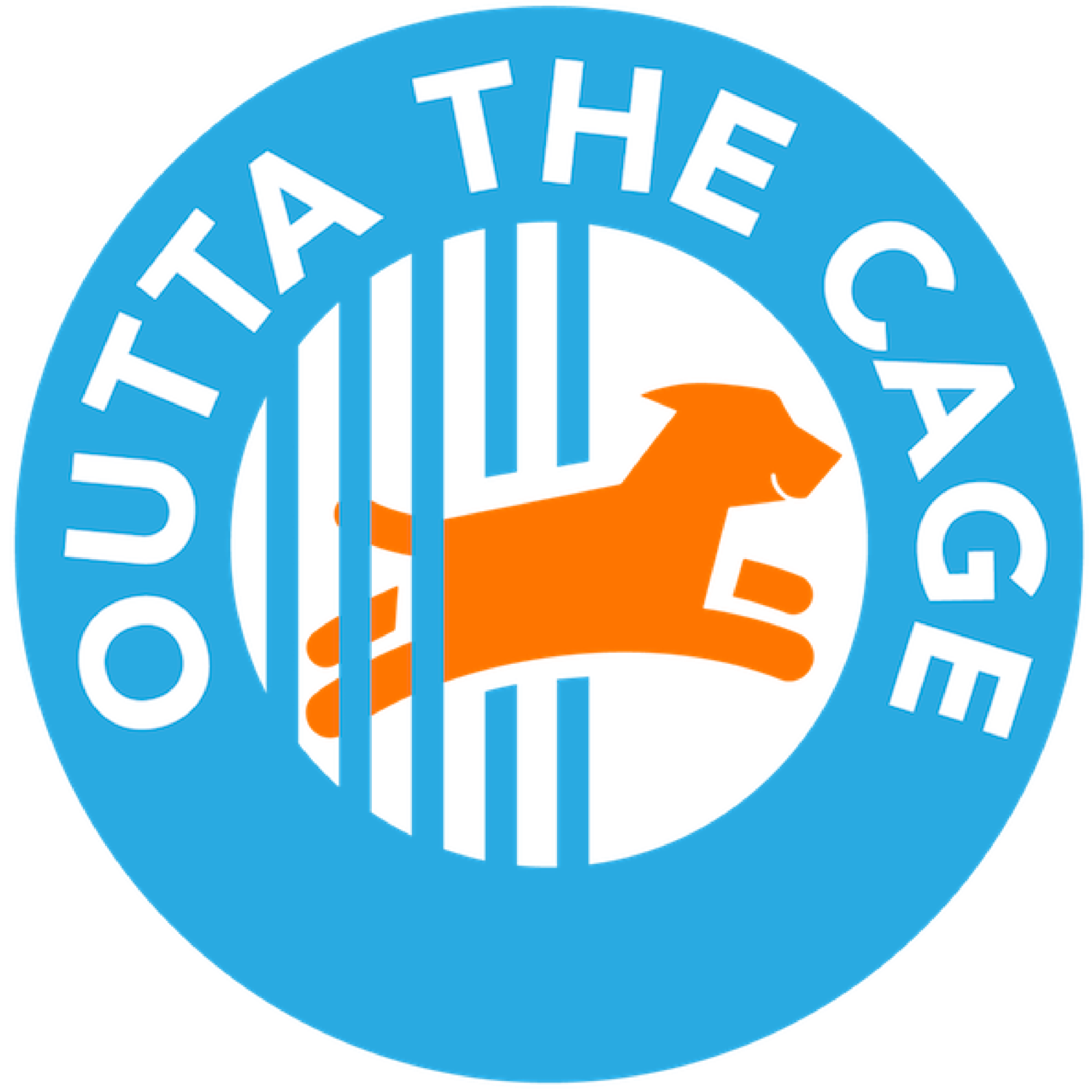The tug o’ war between shelters and their constituents
In which Jill observes the push-and-pull relationship between animal shelters and those they serve.
As they confront the mandate for change—a mandate that has become more urgent during Covid, even as resources are constrained—animal shelters face new pressures. We work with a handful of shelter systems that in many ways echo the Tolstoy quote: All happy families are alike, but every unhappy family is unhappy in its own way.
Whether you work at a shelter, are partnered with one, or are seeking to help a homeless pet, you might have experienced feeling at odds with the sheltering system. And, though they might not express it publicly, those who work at shelters have gripes of their own.
What PEOPLE say when they talk about SHELTERS
Many of the barriers we need to overcome in animal welfare are the product of poor measurement, unclear accountability, cumbersome bureaucracy, and the lack of automation. These are cultural issues, and they’re deeply entrenched. I’ve watched talented leaders assume the helm at crowded shelters, only to watch them leave months later, unable to drive change.
It doesn’t help that many animal shelters are internally—and not externally—focused. In other words, serving the public comes second to complying with policies that are often reactively drawn and decades old.
In the meantime, rescue groups, networkers, volunteers, and potential adopters chafe at the status quo. Here are some of their oft-heard complaints:
“I waited on hold for 45 minutes, and when someone answered they had no information about the dog.”
“I went to the shelter to visit a dog I saw online. I wasn’t sure what to do and ended up waiting in the wrong line. It cost me an entire afternoon.”
“The shelter workers couldn’t care less. The guy at the desk who was helping me kept getting interrupted. It took him 30 minutes to do 5 minutes of work.”
“They make mistakes all the time. I called to ask about a pregnant momma dog in the clinic, waited on hold, and was then told they couldn’t FIND her!”
“I asked for a copy of the cat’s medical records so I could give it to my vet. The woman at the front desk explained they couldn’t make copies. And she was sitting 3 feet away from a copier.”
“I was told that if I listed the dogs that were killed for space, I’d be suspended as a volunteer.”
“I called the shelter to request a hold on the mother cat and her kittens, and the man on the phone assured me they would note that in her record. But when I went to pick up the litter, they had been given to someone else!”
The fact is that shelter operations are hamstrung by existing infrastructure (“There’s no more room in the clinic, put the dog in the quarantine kennel”). Staff cling to tired processes, despite their often lower-cost or easier-to-use alternatives because they don’t feel entitled to suggest anything better. Overworked, underpaid, and unacknowledged by their superiors, they are marginalized by their leadership, but continue to do the hard work of caring for the unwanted.
What SHELTERS say when they talk about PEOPLE
When shelter staff confide their frustrations with the public, they (often rightly) argue:
“Our budget has been redirected to Covid-19. We can’t afford what we would need to spend to support improvements.”
“Visitors don’t see what we see. The unpredictable behaviors of docile-seeming animals. Dogs lunging, teeth-bared at field officers. The extra time it takes to manage problematic or sick animals. When you’re on hold, we’re dealing with THAT s**t.”
“Breaking the rules usually ends badly. Shelter visitors who think they’re dog-savvy have been bitten. This costs tens of thousands of dollars a year in legal work and/or restitution. This would be preventable if people followed the rules.”
“We don’t have the time to watch or monitor social media. Who will feed and care for the animals? Who will clean the kennels? We are doing the best we can. Please don’t expect us to monitor Facebook and Instagram day and night.”
“We have the same group of emotional people who call and email us to complain about the way we do things. These people are often bossy and rude. They take time away from people who have genuine interest in helping our animals.”
“The public wants it all. People refuse to support higher taxes, but at the same time everyone’s up in arms about rundown facilities. They can’t have it both ways.”
“I’ve killed a lot of trees writing notes to my superiors about how we could do things better. I give up. I’m two years away from getting my pension, and I’m not rocking the boat.”
With these differences in priorities and expectations, a rapprochement seems unlikely. But it can be done.
What’s the first step? We need to make it easier on BOTH shelters AND the public to get animals out safely to adopters, fosters, and rescues.
To do that, we need more than effective leadership, modernized processes, and updated success measures. We need to shed the baggage of institutions and develop diverse game plans, with goals that can be executed against. We need to abandon the rhetoric and the shibboleths, and come together to propel our common interest forward, coalescing—at last!—as a unified community.
Your turn. What do you think? Join the conversation on Facebook.

